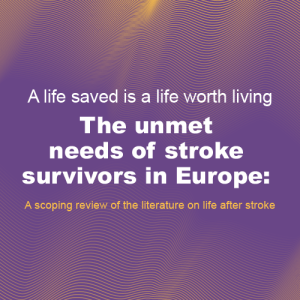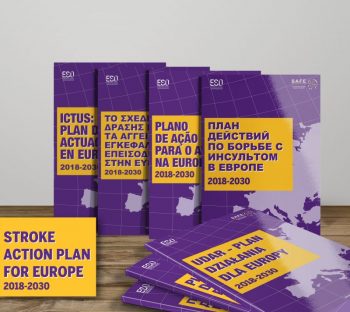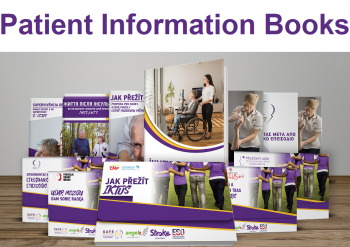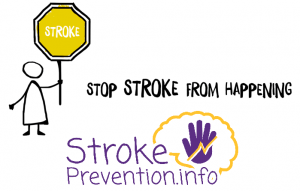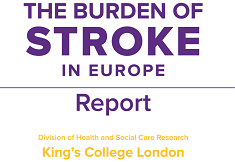
Aug 2, 2018
The role of a helpline is to provide information and support in a trusted space through non face-to-face channels. A helpline can provide support throughout the country or in a local area. Helpline practice is needed to create a service remit and boundaries which sets out a clear definition of what the helpline does and doesn’t do. Good helpline practice can involve developing a set of guidelines around how the helpline works on a daily basis.
The Stroke Association Helpline provides information, guidance and support to anyone affected by stroke over the telephone, by e-mail, letter and through social media. On the helpline, we provide enquirers with information about all topics relating to stroke, from what a stroke is to what should happen after a stroke, from stroke prevention to stroke recovery. We will listen, provide reassurance, offer encouragement, make suggestions and signpost to stroke clubs and a range of local and national services and organisations for further support or specific assistance or advice.
Staff working on the Stroke Association Helpline receive weekly debrief sessions which provides a space away from the helpline to talk through any enquiries that may be challenging or emotional. Within the Stroke Association, staff can also access an employee assistance programme which is a confidential support telephone service.
To help us make this hour long webinar on helpline practice is as useful and interesting to you as possible, we would like to hear from you about what you would like us to focus on. Do not worry if you cannot attend the webinar, we will record it and share it with you. Please download the survey questionnaire here and return it to Sarah Belson sarah.belson@stroke.org.uk by 10th September.
Date for the webinar: 25th September
(The time of the webinar will be confirmed once we know where in the world participants are joining from to ensure the best time possible.)
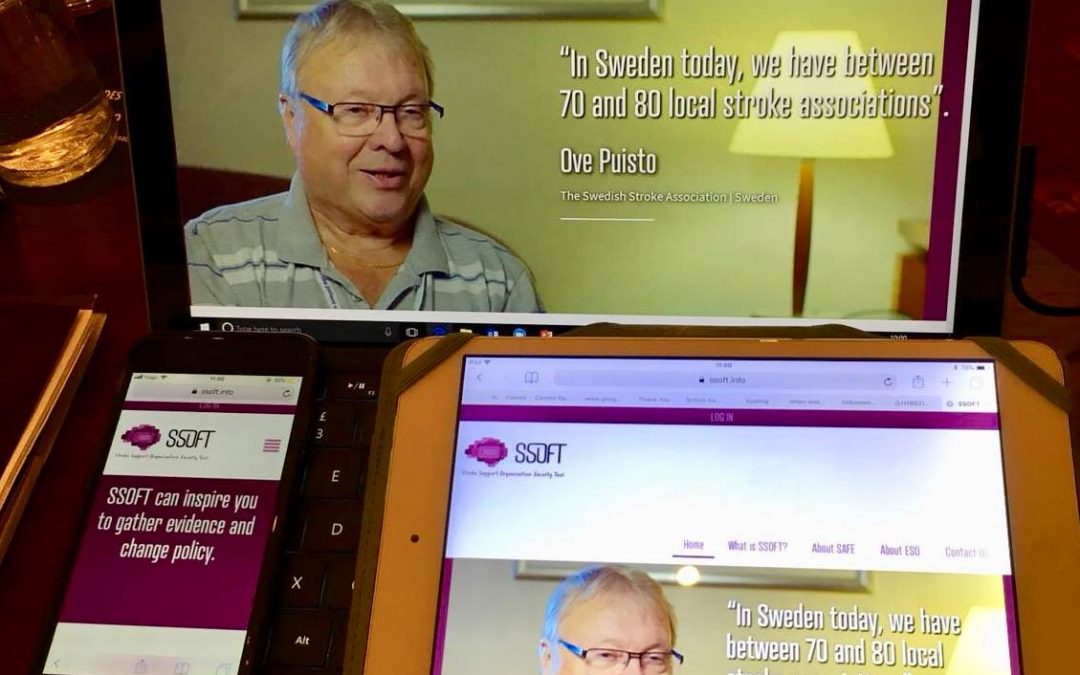
Jul 30, 2018
Brussels, July 30, 2018- The eLearning Module 3 of the Stroke Support Organisation Faculty Tool (SSOFT) is published today at the following address www.ssoft.info.
SSOFT’s third module focuses on understanding different types of evidence; how to collate it and how Stroke Support Organisations can use it to their advantage:
3.1 – Use of evidence
3.2 – Types of evidence
3.3 – Interpreting evidence & data
3.4 – How SSOs generate data & evidence
3.5 – Using evidence & data in your communications
Stroke Support Organisations have been at the heart of this tool. For newer or smaller organisations, the information in the tool will provide knowledge that will help them to build and grow their communities.
Larger organisations can also benefit from SSOFT, which can enable them to support their communities and other stroke professionals across Europe, adding more voices to their movement/arguments for change.
This tool is also for anyone who is interested in knowing more about what an SSO is, how to start and develop one and how to make it sustainable.
For those interested in using this innovative eLearning platform, we would encourage them to visit the SSOFT website www.ssoft.info
About SSOFT
SSOFT is an innovative online eLearning advocacy tool being developed by Stroke Alliance for Europe (SAFE), in partnership with the European Stroke Organisation (ESO).
This online learning platform provides knowledge and training on how the creation of effective advocacy activities and campaigns to deliver positive change at a local and national level on stroke prevention, treatment and care. The eLearning platform will include six modules that provide information on:
Module 1: Stroke Support Organisations (SSOs)
Module 2: Making Change Happen
Module 3: Use of Evidence
Module 4: Role of Patient Voice
Module 5: Health System Advocacy
Module 6: Public Advocacy
The modules and learning environment is accessible via the SSOFT website through a simple registration process. Visitors to the website can also learn more about SSOFT, SAFE and ESO, find their nearest SAFE Stroke Support Organisation (SSO) as well as hear from SAFE members about their experiences.
For more information, please send an email ssoft@safestroke.eu or visit www.ssoft.info
Acknowledgments
SAFE would like to take this opportunity to thank and acknowledge the contributions made by those who have helped in the development of SSOFT and module 1.
Stroke Alliance for Europe Board, who have been involved at every stage of development of this module.
The Peer Reviewers for module 3:
- Stiftung Deutsche Schlaganfall-Hilfe (Dr Markus Wagner)
- Hellenic Alliance/Action for Stroke Support Organization (Dr Hariklia Proios)
- Macedonian Stroke Association (Dr Anita Arsovska & Dr. Maja Bozinovska Smiceska)
- Norsk forening for slagrammede (Ms Grethe Lunde)
- Thessaloniki and Wiesbaden NRZ, Rehabilitation Center Germany (Dr Dimitris Artemis)
- Aristotle University, Greece (Dr Katerina Nicolaidis)
- Anagenissis Rehabilitation Center, Greece (Ms Eugenia Stamatiou)
Our members who have shared their experiences and knowledge in the video interviews used within the module:
- Chris Macey – The Irish Heart Foundation, R.Ireland
- Pnina Rosenzweig – Neeman Association for Stroke Survivors, Israel
- Ove Puisto – STROKE-Riksförbundet, Sweden
- Markus Wagner – Stiftung Deutsche Schlaganfall-Hilfe, Germany
- Monique Lindhout – Hersenletsel, Netherlands
Our partner organisations who have collaborated in the development of the module content:
- World Stroke Organization
- European Stroke Organisation.
And all those who participated in the User Acceptance Testing of Module 3.
We would also like to thank the project sponsor Bayer Healthcare who have supported this project through an education grant.
About SAFE
The Stroke Alliance for Europe (SAFE) a non-profit-making organisation formed in 2004. It is the voice of stroke patients in Europe, representing a range of patient groups from 30 European countries.
SAFE’s goal is to decrease the number of strokes in Europe by advocating for better prevention, access to adequate treatment, post-stroke care and rehabilitation.
For more information about SAFE, please visit www.safestroke.eu
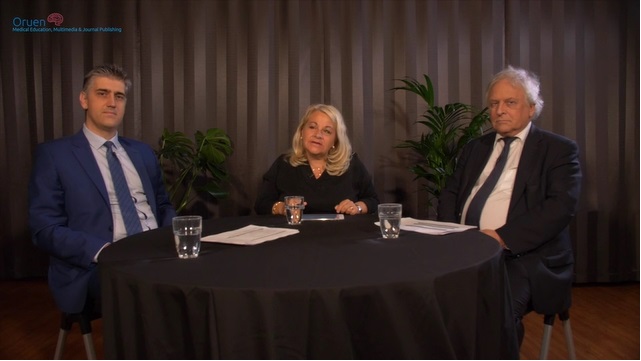
Jul 27, 2018
The 15 min round table discussion by Christina Sjöstrand, Stockholm, Hans-Christoph Diener, Essen and George Ntaios, Thessaly, focuses on the concepts of randomized clinical trials for secondary stroke prevention in patients with embolic stroke of undetermined source (ESUS). Two large clinical trials tested the hypothesis that non-vitamin K antagonist oral anticoagulants (NOACs) might be superior to aspirin in preventing recurrent strokes after ESUS.
ESUS is a type of ischemic stroke with unknown origin, i.e. for which no probable cause can be identified after standard diagnostic evaluation. Thus, ESUS is a subgroup of cryptogenic stroke, which also includes strokes with incomplete evaluation and those for which more than one probable cause. Non-lacunar strokes in patients without no major-risk cardioembolic source (such as atrial fibrillation), no major atherosclerosis of the arteries supplying the brain infarct area and no other specific cause of their stroke are identified as ESUS.
Current strategy for secondary stroke prevention is based on antiplatelets but stroke recurrent rates remain high. A historical trial, WARSS, pointed at a potential advantage of anticoagulation over antiplatelet in patients with cryptogenic stroke. There is broad evidence for anticoagulation for stroke prevention in atrial fibrillation, thus providing another rationale for testing anticoagulation in ESUS.
Two large trials randomized ESUS patients for long-term treatment with either a NOAC or aspirin: NAVIGATE ESUS was stopped after an interim analysis as efficacy was not different with rivaroxaban compared with aspirin but showed an increased risk of major bleeding. RE-SPECT ESUS is still ongoing as planned; in this trial dabigatran is tested against aspirin. Results will be presented in October 2018. If the trial is positive, i.e. showing greater efficacy of dabigatran in the prevention of stroke recurrence than aspirin, this may not only have great implications of how ESUS patients are treated but could also lead to a simplified post-stroke diagnostic workup for most patients with ischemic stroke.
Please click on the photo below to access the round table video.
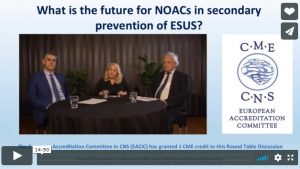
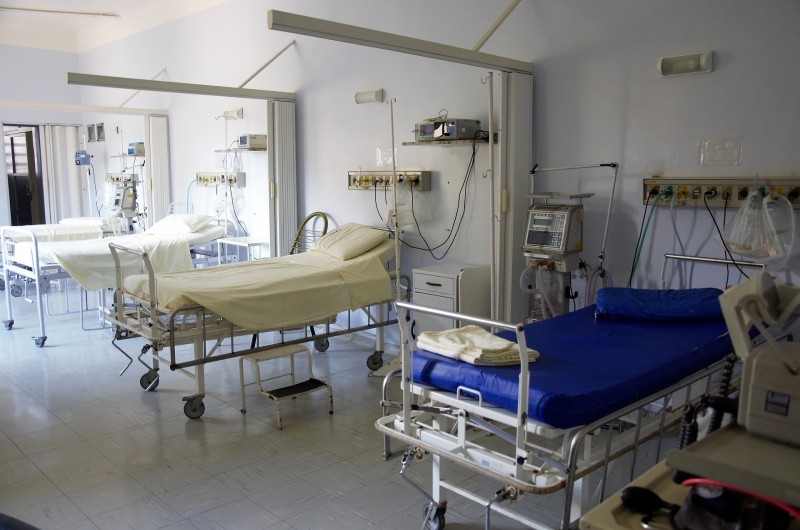
Jul 25, 2018
Every year, up to 1.3 million people in Europe suffer a first stroke. Acute stroke treatment strategies such as acute treatment of patients in a stroke unit, intravenous thrombolysis and endovascular treatment significantly improve the outcome for patients with ischaemic stroke and thus reduce its socioeconomic burden. However, reliable data on access to and delivery of acute stroke treatment strategies throughout Europe are lacking.
The European Stroke Organisation (ESO), the European Society of Minimally Invasive Neurological Therapy (ESMINT), the European Academy of Neurology (EAN) and the patient organisation Stroke Alliance for Europe (SAFE) have therefore surveyed stroke experts from 44 of 51 European countries on the best available information regarding national access to and delivery rates of acute stroke unit care, intravenous thrombolysis, and endovascular treatment.
The results of this survey identify major inequalities in acute stroke treatment, with many countries reporting rates that were far below highest country rates. This article shows in which countries patients still have no or obviously inadequate access to appropriate acute stroke treatment.
According to Urs Fischer, Professor for Acute Neurology and Stroke at the University Hospital Bern, up to 226,662 additional patients could be treated with intravenous thrombolysis and an additional 67,347 with endovascular treatment each year. “Many stroke victims in Europe still have no access to acute stroke treatment,” he said. “If stroke unit care, intravenous thrombolysis and endovascular therapy would be routine practice throughout Europe, many more victims could survive their stroke without a major handicap”. According to Prof. Fischer, these inequalities not only have a major impact on the patients, but also on their families and the socioeconomic burden. “Recent studies have shown, that acute stroke treatment is highly cost effective – if you treat your patients right, you will not only improve the quality of life of the patient and his family, you will also save money for your society”, he said. Therefore, efforts have to be done to increase the number of stroke units, intravenous thrombolysis and endovascular stroke therapy. “We have to talk to governments, politicians, health care specialists and stroke physicians in order to set up and improve the system in regions, where acute stroke treatment is lacking!”
In May 2018, ESO and SAFE presented the Stroke Action Plan for Europe to set achievement goals for stroke care by 2030. This survey already provided important insights for the Stroke Action Plan authors. The findings from this survey are relevant for future health-care planning in Europe and beyond.
Contact
Prof. Dr. med Urs Fischer
Department of Neurology, University Hospital Bern
urs.fischer@insel.ch European Stroke Organisation www.eso-stroke.org
Article Title and Citation
Access to and delivery of acute ischaemic stroke treatments: a survey of national scientific societies and stroke experts in 44 European countries
http://journals.sagepub.com/doi/full/10.1177/2396987318786023
Authors
Diana Aguiar de Sousa, Rascha von Martial, Sònia Abilleira, Thomas Gattringer, Adam Kobayashi, Miquel Gallofré, Franz Fazekas, Istvan Szikora, Valery Feigin, Valeria Caso, Urs Fischer, on behalf of the ESO ESMINT EAN SAFE Survey on Stroke Care collaborators
About the Authors
Diana Aguiar de Sousa: First author
Diana Aguiar de Sousa is Neurologist at Hospital de Santa Maria, in Lisbon, and assistant professor of Neuroanatomy at University of Lisbon. She is clinical investigator at Instituto de Medicina Molecular and PhD student at University of Lisbon, under the guidance of Prof. JM Ferro and Prof. P. Canhão. She completed the Clinical Scholars Research Training Certificate Program from Harvard Medical School and a European Academy of Neurology Research Fellowship in acute stroke at Inselspital Bern, Switzerland. Diana Sousa was awarded with the European Stroke Organization (ESO) Young Investigator Award in 2016. She is member of the ESO Young Stroke Physicians and Researchers Committee.
Urs Fischer: Corresponding author
Urs Fischer (urs.fischer@insel.ch)is Professor for Acute Neurology and Stroke (Extraordinarius) at the University Hospital (Inselspital), Bern. He is chair of the Neurological Inpatient Department, co-chair of the Stroke Center Bern, and deputy director of the Clinical Trial Unit (CTU) of the University of Bern. He is a clinical researcher and his main research interest involves diagnosis, treatment and outcome of patients with acute neurological diseases. He is co-principal investigator of the SWITCH study (www.switch-trial.ch), principal investigator of the ELAN trial (www.elan-trial.ch) and co-principal investigator of the SWIFT DIRECT trial (www.swift-direct.ch). Urs Fischer is Secretary General of the European Stroke Organisation (ESO), treasurer of the Swiss Neurological Society (SNG) and co-founder the ESO ESMINT ESNR Stroke Winter School, which is regularly held at the University Hospital in Bern, Switzerland.

Jul 24, 2018
Since this May, in selected hospitals in 12 European countries: Spain, Serbia, Poland, Czech Republic, Latvia, Croatia, Macedonia, Greece, Ukraine, Georgia, Hungary and Turkey, stroke patients and their carers are being provided with information on stroke and important next steps on their path to recovery.
The patient-focused materials are made of five brochures, including a list of national, regional and local stroke support organisations, with their contact details, in order that patients and carers can access further support in the months and years following their stroke. The information provided in the brochures are kindly provided by the Stroke Association UK and then translated to all project languages, applying the information standard procedure for the translation.
The next step in SAFE Angels project consists of collecting feedback from patients and their carers about the quantity and quality of information they have been provided with during their stay at the hospital, before being discharged. The feedback will be collected through an online survey in all 13 project languages (Spanish, Catalan, Serbian, Polish, Czech, Latvian, Croatian, Macedonian, Greek, Ukrainian, Georgian, Hungarian and Turkish).
Please see the survey on this link and inform the people you know.
For more information about the hospitals which are providing patient materials, please find an organisation which is working in your country here.
If you are interested in finding out more about the SAFE Angels project, please contact Jelena Misita, SAFE Awareness and Advocacy Manager at jelena.misita@safestroke.eu.







